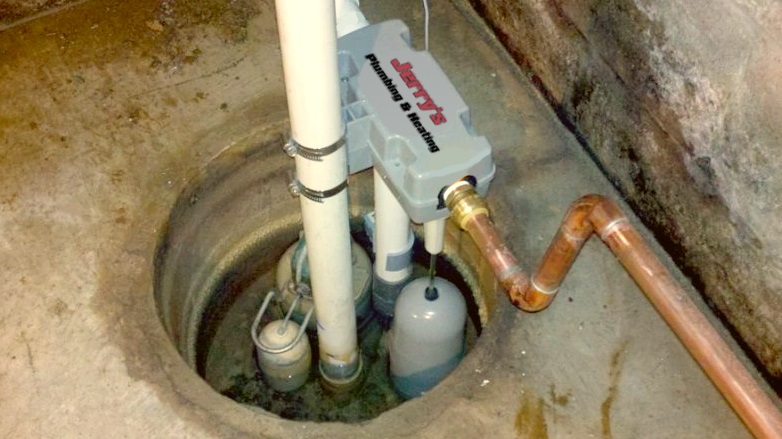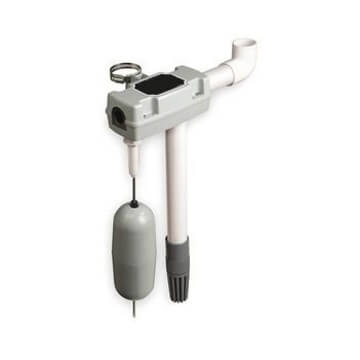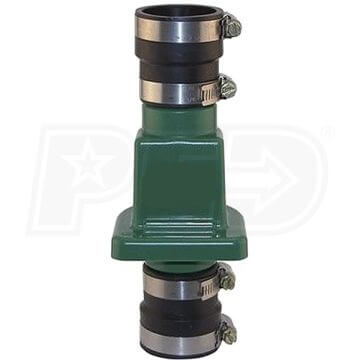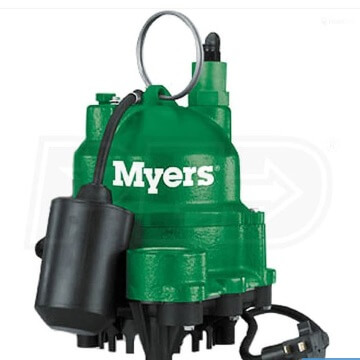Think your Sump Pump Pit is Fail-Proof?
Think Again
Jerry’s Plumbing & Heating
2 April 2018
When you installed your sump pump system, you considered what size and type of sump pump you needed. You installed to right kind of backup. You even got a check valve mounted on the discharge pipe.
You might think you’re all done, right? Well, there’s just one more thing to think about.
In order for your well-designed sump pump system to work correctly, your sump pump pit has to be designed right.
Watch the Video
If your sump pump pit was installed after your house was built, you need to make sure it sealed properly so groundwater doesn’t leak into the pit. Remember, the sump pump pit should collect water that leaks into the basement. It shouldn’t be the source of the leaks!
“A professional can properly install the correct-sized pit.”
Sump Pump Pit Size
Your sump pump pit should be large enough to collect a sufficient amount of water before triggering the sump pump to turn on and begin discharging water. If it’s too small, your sump pump will cycle too often, shortening its useful life.
Also, if it’s too small and tight, the float mechanism can be jammed. If it’s jammed on, the sump pump motor will burn-out and you’ll need to buy a new pump. If it’s jammed off, no water will be discharged resulting in a flooded basement.
A professional can properly install the correct-sized pit.
Sump Pump Pit Debris
But even a correctly sized sump pump pit can collect debris that can clog your sump pump. You have to periodically clean out the pit to insure that accumulated debris doesn’t interfere with the proper operation of your sump pump.
It can be tricky to remove the pump and backup, though, or order to thoroughly clean the pit. A professional can handle this job efficiently and insure that your sump pump system works when it’s needed most.








